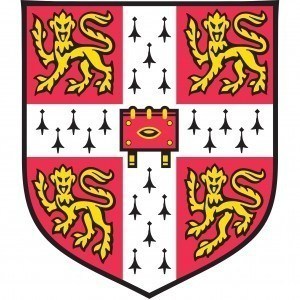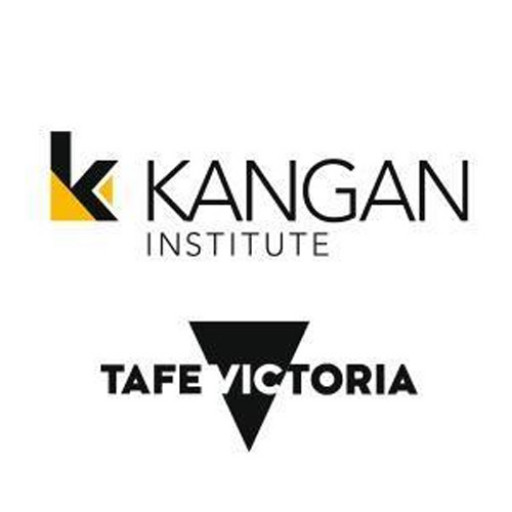Photos of university / #cambridgeuniversity
Building History at the University of Cambridge is an innovative and academically rigorous programme designed to explore the historical development, architectural evolution, and contextual significance of buildings and construction practices from ancient times to the modern era. This interdisciplinary course combines insights from architecture, history, archaeology, and conservation to provide students with a comprehensive understanding of how buildings reflect cultural, social, economic, and technological changes throughout history. Students will examine a wide range of structures, including monumental architecture, vernacular buildings, and contemporary constructs, analyzing their design, function, and impact within their historical settings. The programme encourages critical analysis of different building traditions and materials, fostering an appreciation for the craftsmanship, innovation, and sustainability aspects of historical construction practices. Through a combination of lectures, seminars, site visits, and practical projects, participants will develop skills in architectural analysis, historical research, and conservation techniques. They will also engage with current debates on heritage management and preservation strategies, preparing graduates for careers in academia, conservation, heritage management, or architectural practice. The programme is suitable for students with a background or interest in history, architecture, archaeology, or related fields, aiming to deepen their understanding of building history’s vital role in shaping human societies. With access to Cambridge’s extensive resources, archives, and expert faculty, students will undertake detailed case studies, contributing to ongoing research and scholarly discourse. Successful completion of the course will equip students with the analytical tools and knowledge necessary to critically evaluate the historical significance of buildings and contribute to the sustainable preservation of our architectural heritage.
The course is heavily taught in the first year by invited speakers from a mixture of academic and professional backgrounds. Lectures are matched to field trips. The emphasis is on learning to evaluate architectural and documentary evidence and to formulate informed and accurate assessments.
The second year is divided between a professional placement and a personal research project which constitutes the dissertation.
By the end of the programme, students will have acquired the type of research training required to carry on to the PhD, or if conceived as a standalone degree, will have acquired the skills to specialise and enhance their professional prospects.
To continue to read for the PhD degree following the course, students must achieve an overall total score of at least 70%. Continuation is also subject to Faculty approval of the proposed research proposal, and the availability of an appropriate supervisor.
Contact time
- Lectures: c.100 hours (first year)
- Seminars and classes: c.60 hours (guided site visits; first year)
- Practicals: c.40 hours (first year)
- Supervision: 3 hours per year
Assessment
Thesis
- Dissertation: 20,000-25,000 words (including footnotes but excluding bibliography and appendices).
Essays, projects and written papers
- Two essays: 3,500 words maximum each.
- One recording project: 3,000-5,000 words, plus drawings and photographs.
- One research proposal: 2,000-3,000 words.
Practical
- Log-book/portfolio and report (3,000 words maximum) from professional placement.
Other
- Field test of one hour's duration.
- A non-assessed (formative) essay is required during the first term of Year 1.
Some assignments and the dissertation require literature reviews. Students are expected to undertake 'Crit' sessions on the recording project and dissertation proposals. Feedback is given in supervisions, supervisors' reports and throughout the course on request.
Applicants for this course will normally have achieved a UK 2.i honours degree or overseas equivalent.
There is provision to accept non-standard applicants who do not satisfy the standard academic criterion but such applicants must produce evidence of relevant and equivalent experience and their suitability for the course.
Language requirement
- IELTS Academic: Overall score of 7.5 (a minimum of 7.0 in each individual component)
- TOEFL Internet: Overall score of 110 (a minimum of 25 in each individual component)
- CAE: Grade A or B (with at least 193 in each individual element) plus a Language Centre assessment
- CPE: Grade A, B, or C (with at least 200 in each individual element)
Supporting documents
- References. You will need to provide the details of two referees who can provide academic or professional references. You will be asked to provide e-mail addresses for your referees so that they can submit their reference via the online referencing system, so it is important for you to ensure that your referee is able to provide a reference for you before you submit your application form. If your referees are unable to use the online referencing system, or do not have e-mail addresses, please contact the ICE Admissions office for further assistance.
- Transcripts
- Research Proposal
- Curriculum Vitae
- Personal Statement
The University of Cambridge offers a comprehensive range of financing options for students enrolled in its Building History program. Prospective students are encouraged to explore various funding opportunities to support their academic journey. Funded through a combination of university scholarships, governmental grants, and external bursaries, financing options aim to make the program accessible to a diverse student body. Cambridge provides numerous scholarships and awards specifically for students in heritage and architectural history disciplines, often based on merit, financial need, or a combination of both. These include both university-administered scholarships and those sponsored by external organizations associated with heritage preservation and architectural research.
Students may also consider government-sponsored loan programs available to UK and EU students, which can cover tuition fees and living expenses. For international students, the university offers specific scholarships and fee waivers aimed at supporting talented candidates from abroad, including the Gates Cambridge Scholarships and other targeted awards. Additionally, students are encouraged to seek external funding sources such as heritage societies, arts and culture foundations, and professional bodies related to architecture and history. Many of these organizations provide grants or fellowships to allow students to undertake research projects or travel for fieldwork aspects of their study.
Part-time work opportunities within the university or in surrounding Cambridge community can also assist in financing studies. The university's career services often advise students on internships, assistantships, and other paid opportunities aligned with their academic interests. Furthermore, Cambridge prioritizes transparency in fees and financial support, providing detailed information on the costs involved, including tuition, accommodation, and study materials. Financial aid application procedures usually require submitting a personal statement and evidence of financial need or academic merit, depending on the scholarship or grant.
Students with specific financial hardships can access emergency funds and bursaries allocated to support those facing unforeseen difficulties. The university regularly updates its financing options to reflect changes in government policies and external funding availability, ensuring that students have access to the latest support mechanisms. Overall, the University of Cambridge is committed to facilitating access to its Building History program through a broad spectrum of financial support options, aiming to attract talented students from all backgrounds and enable their academic and professional development in the heritage and architectural history fields.
Building History at the University of Cambridge is a comprehensive program that explores the historical development of the built environment, combining insights from architecture, archaeology, history, and conservation. The course is designed to provide students with a thorough understanding of the cultural, social, economic, and technological factors that have influenced building design and construction throughout history. It covers a broad chronological range, from ancient times to the modern era, enabling students to analyze different architectural styles and urban developments within their historical contexts.
The program emphasizes both theoretical knowledge and practical skills, including critical analysis of historical sources, architectural drawing, and conservation techniques. Students are encouraged to engage with real-world case studies, heritage sites, and digital modeling tools, fostering a multidisciplinary approach to understanding historic buildings and their environments. Through lectures, seminars, and independent research, participants develop a nuanced perspective on the processes of building history and conservation, preparing them for careers in academia, architecture, historic preservation, and related fields.
coursework typically includes essays, research projects, and presentations that assess students' ability to synthesize historical data with architectural knowledge. The program also offers opportunities for hands-on experience through site visits and collaboration with heritage organizations. Additionally, students may have access to extensive libraries, archives, and digital resources to facilitate their research. Graduates of the Building History program often go on to work in conservation agencies, architectural practices specializing in heritage projects, or pursue further academic research. The program is suited for individuals with a strong interest in architecture, history, archaeology, or cultural heritage, and it aims to produce well-rounded professionals capable of analyzing, preserving, and interpreting historical buildings in a rapidly changing world.







